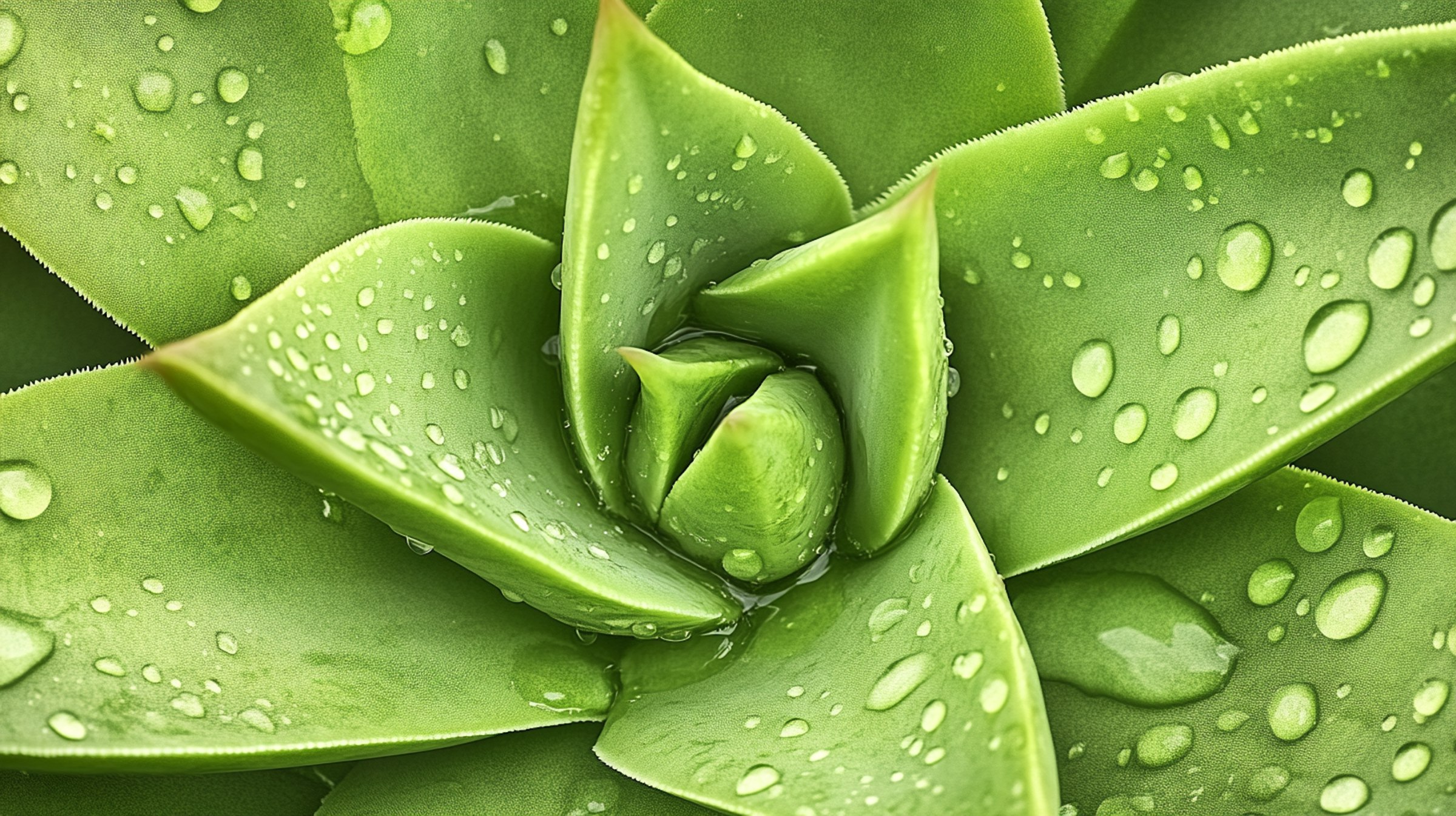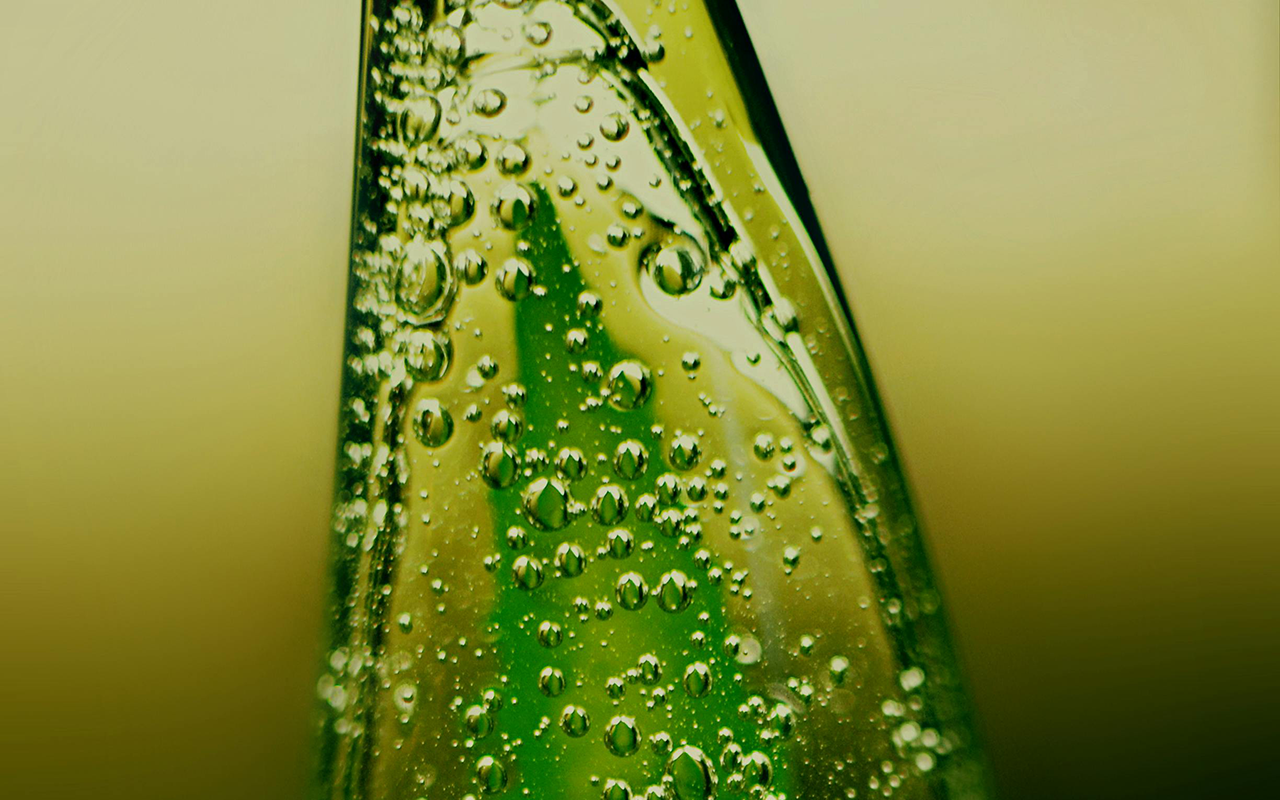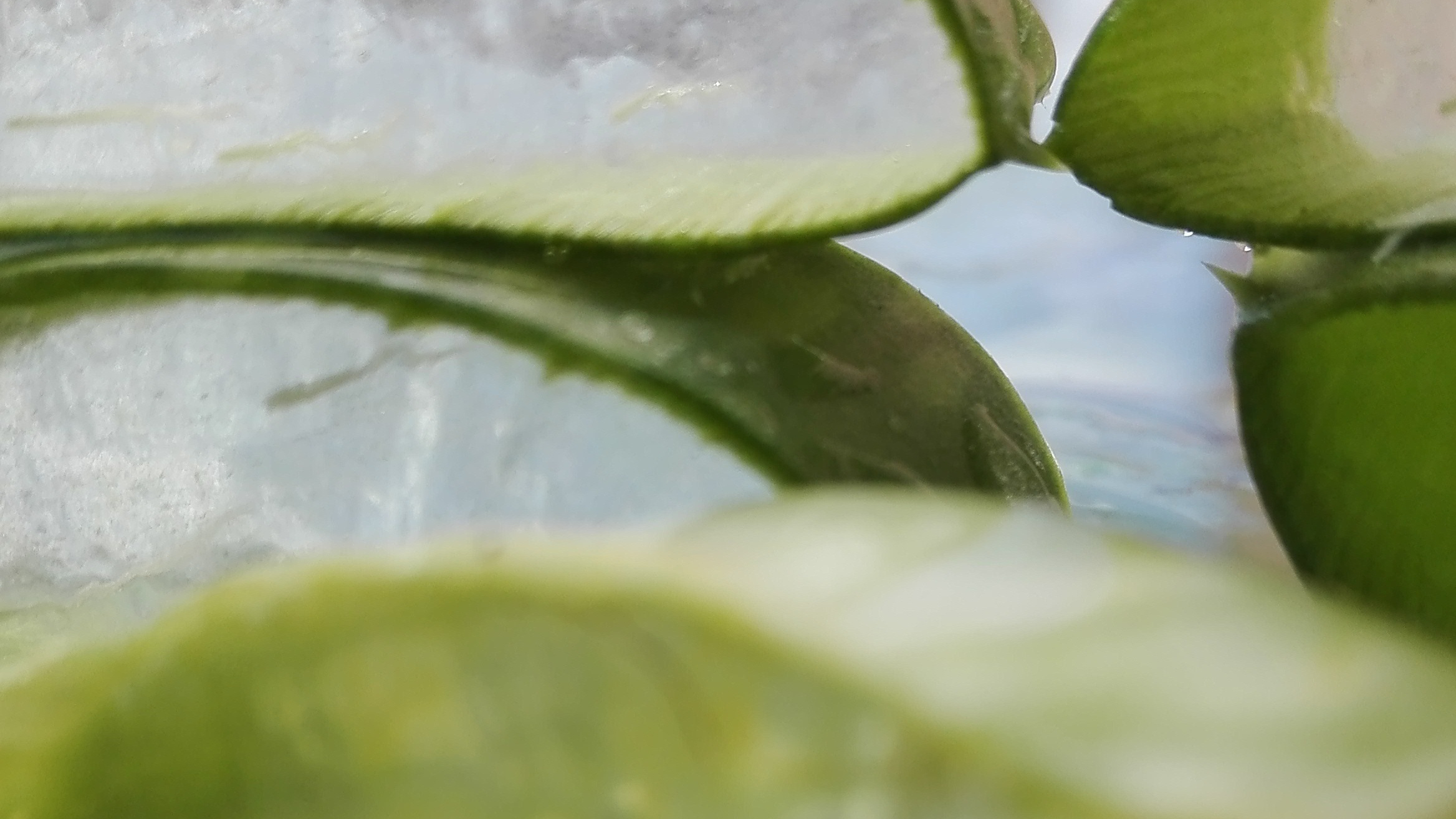what is aloe vera?

Aloe vera is the scientific name for a plant belonging to the Aloeaceae family. Aloe vera is thought to be native to Sudan and the Arabian Peninsula, but nowadays it can be found-both cultivated and in the wild-in North Africa, Asia, and southern Mediterranean regions. At the same time, the plant is cultivated in the sub-tropical regions of the United States and Mexico, the Netherlands Antilles and the coast of Venezuela.
In truth, there are several plants belonging to the genus Aloe that can be used in herbal medicine or for health purposes; however, the one most commonly used seems to be Aloe vera, also known as Aloe barbadensis. For simplicity, in the following, this plant will be referred to simply as “aloe.”
Aloe Vera: a thousand-year history of natural well-being

Aloe Vera has accompanied humankind for more than 4,000 years. Since ancient Egypt it was considered a “miracle plant”: it was used to soothe skin, heal wounds and even as a beauty elixir for pharaohs and queens. The Greeks called it the “plant of immortality,” while the Romans used it in thermal baths and body ointments.
Even in Indian and South American traditions, Aloe has always been a major player in natural medicine: in Ayurvedic medicine it was used to balance the body, while the indigenous peoples of Central and South America considered it “the plant of life,” useful for treating internal ailments and skin problems.
This long history spans centuries and cultures to the present day, where Aloe Vera is valued worldwide for its extraordinary soothing, moisturizing and regenerating properties. An ancient plant, but more relevant than ever.
THE PRINCIPLES OF ALOE VERA

Aloe Vera Barbadensis is a succulent plant in the Asphodelaceae family that has been known for thousands of years for its extraordinary healing properties. As early as ancient Egypt, around 2200 B.C., it was considered a sacred plant: pharaohs used it in rituals and as a remedy for skin and various ailments, as reported in Papyrus Ebers, one of the oldest medical texts.
Over time, aloe spread rapidly throughout Africa, Asia and the Mediterranean basin, becoming an integral part of the herbal tradition of many civilizations. In Greece, Aristotle praised its therapeutic virtues; in China it was used in traditional medicine to treat various diseases.
Today, its properties are also confirmed by modern scientific research. Aloe vera is widely used in cosmetics, dermatology, and herbal medicine for its soothing, moisturizing, and regenerative qualities, and it is an increasingly popular natural ingredient for daily skin care and wellness.
Aloe Vera Barbadensis

Aloe Vera is valued for its therapeutic and cosmetic properties. The gel extracted from the leaves has a moisturizing and soothing effect, ideal for treating sunburn, irritation and acne, promoting skin regeneration and reducing inflammation.
Numerous studies confirm its antibacterial and antifungal action, useful for both skin and oral health: it helps reduce dental plaque and relieve gingivitis.
Aloe juice is known for its benefits on digestion and intestinal well-being, helping to regulate transit and alleviate gastrointestinal disorders.
Thanks to its anti-inflammatory compounds, such as salicylic acid, it is also indicated for providing relief of muscle and joint pain, proving useful in chronic inflammation such as arthritis.
Finally, some research suggests that aloe may support the immune system by enhancing the body’s response against pathogens.
In summary, Aloe Vera is a versatile and extraordinary plant, with applications ranging from cosmetics to natural medicine. A millennia-old resource that is still the focus of scientific interest and daily wellness.
